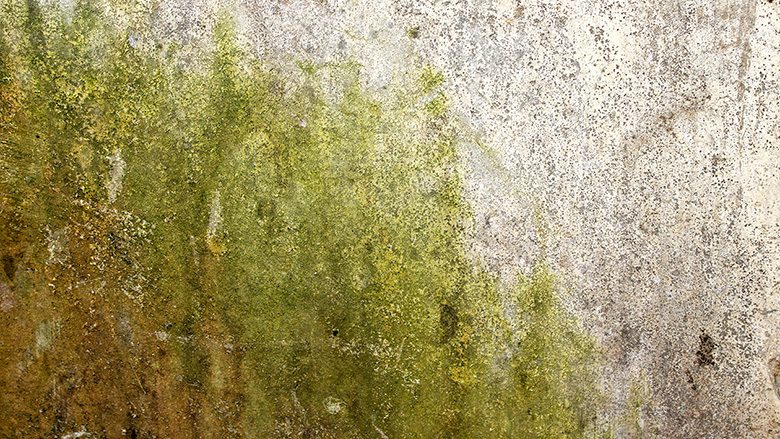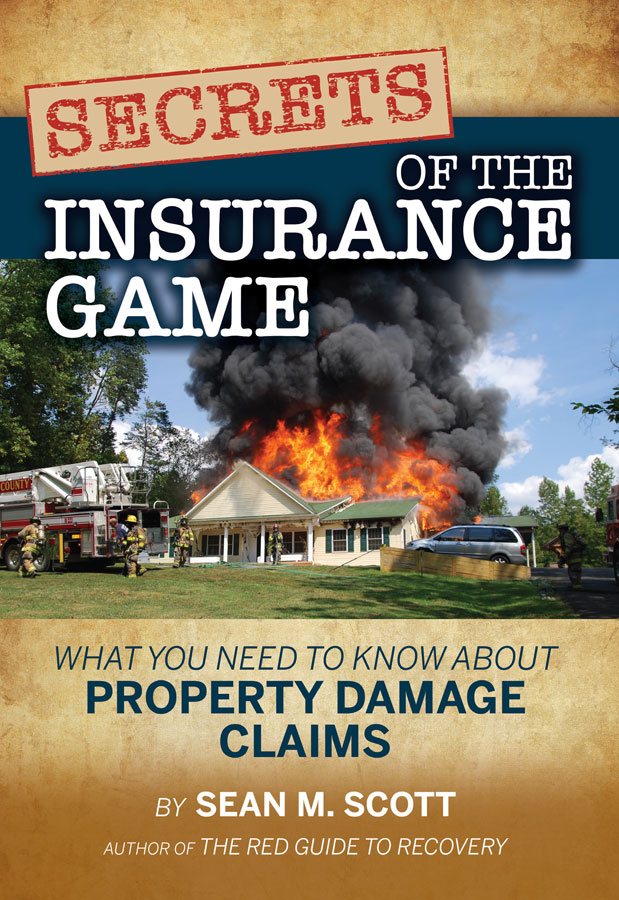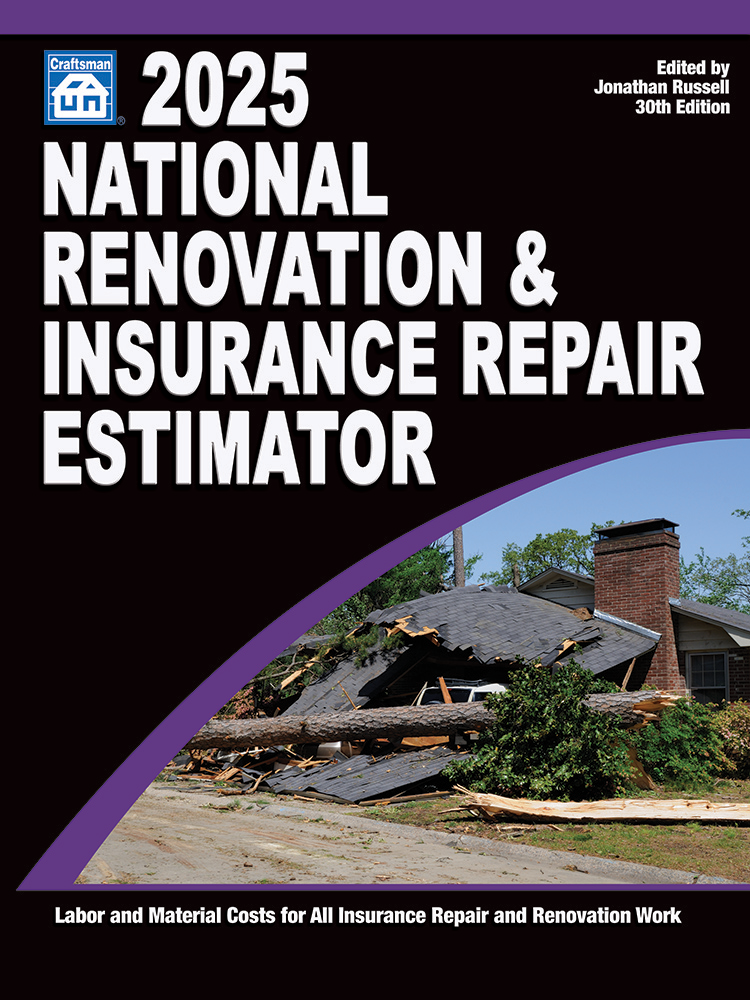Essential Tips for Restoration Professionals Who Handle the Insurance Claims Process

Photo: DNY59 / E+ via Getty Images
As restoration companies, we interact with homeowners and business owners impacted by sewage, water or fire damage daily. It’s quite common and unfortunate to see them overwhelmed when they’re dealing with their insurance companies, in addition to the stress of dealing with their damaged property and personal belongings. It can be an unnecessary headache. With that in mind, using the below tips can help you prepare when dealing with these types of disasters. My recommendations for navigating insurance claims effectively, gleaned from my years of professional experience in the restoration industry.
Working With Your Customer on Their Coverage
The first step to successfully navigating insurance claims is working with your customer to ensure they have the right coverage. Typical homeowner and business insurance policies may include coverage for water damage, fire damage and sewage-related incidents. However, exclusions such as flood damage or mold remediation often require separate policies or endorsements. Insurance wording can be complicated and can easily be overlooked. Their insurance agent is their paid advocate – they should ask them what situations their current insurance policy will cover so they explore additional coverage if needed. It won’t cost them anything to get this useful information.
For example, here in Georgia where heavy rainstorms and high humidity are common, policyholders should clarify if their policies cover water damage caused by groundwater intrusion or roof leaks. Ensuring adequate coverage before an incident will prevent unpleasant surprises during the claims process.
Document Everything Immediately
When a loss occurs, it is crucial for you as the restorer to document properly. Take clear, timestamped photos and videos of the damage as soon as it’s safe to do so. For example, if you’re dealing with water damage, you should take photos and videos of standing water, water-stained walls or ceilings and any damaged belongings. If you’re handling fire damage, photograph and take videos of soot buildup, structural damage and the entire affected area from multiple angles. If they’ve had a sewage backup, you should document both the source of the backup (such as an overflowing toilet) and any impacted areas.
Documentation supports their claim and provides your insurer with a clear picture of the extent of the damage.
Notify Their Insurance Carrier Promptly
Time is of the essence when filing an insurance claim. Most policies have specific reporting deadlines and failing to meet these can result in claim denial. Insurance companies usually have a dedicated claims contact center that’s open 24/7, so make sure you have the necessary contact information. We’ve had customers who couldn’t get ahold of their insurance agent over the weekend only to then be told that they need to contact their claims department directly, resulting in a delayed restoration process.
When you contact their insurance carrier:
- Provide them with a concise description of the event and its cause.
- Take notes of what they require from you.
- Follow up with an email to ensure there is a record of your report and request a copy of their policy’s declaration page and endorsements if they don’t already have them.
Georgia Comp. R. & Regs. 120-2-52-03 requires insurers to acknowledge a claim within 15 days. If proof of loss is not required, an investigation must take place and liability determined within 30 days. If proof of loss is required, liability determination must be made within 60 days of the insurer receiving all relevant paperwork.
Become an IICRC Certified Firm (or something similar)
Insurance companies often recommend preferred vendors for restoration work, but policyholders have the right to choose their own contractor. Becoming an IICRC-Certified Professional/Firm, obtaining OSHA and EPA certifications/trainings and being heavily experienced in handling claims-related projects can make a big difference.
Your customer’s insurance company will likely have vetted their preferred vendors, but it will only help if you check the following boxes:
- Water damage restoration: Obtaining the IICRC Water Restoration Damage Technician (WRT) which refers to the IICRC standards to mitigate water intrusion and prevent secondary issues like mold growth.
- Fire damage restoration: Becoming specialists in handling smoke damage and deodorization using advanced equipment and techniques.
- Sewage cleanup: Follow the OSHA and EPA guidelines to safely address biohazards.
Any professional restoration company should have trained staff on hand to handle the claim directly with their customer’s insurance company, providing them with peace of mind and saving them time.
Communicate Clearly and Consistently
Effective communication with their insurance adjuster is essential. Be detailed in your interactions and communicate as much as possible through email so that you have written documentation. If the insurer requests additional information, respond promptly to avoid delays. Whenever you have a phone conversation with their insurance adjuster, take notes of the conversation and date it. Have your customer save all letters they receive pertaining to the claim.
If Necessary, Hire a Public Adjuster
If a claim is denied or underpaid, consider challenging the decision. Request a detailed explanation of the denial from their insurance and provide any necessary documentation to support your work and the claim.
Your customer can also hire a public adjuster. They will investigate the damages, create and estimate for repairs and handle the documentation and negotiations with your customer’s insurance company.
If the claim is denied or presents complications and additional assistance is needed, seeking advice from an attorney can be beneficial. They can guide you and your customer through the options and if necessary, advocate for the claim to be approved and paid.
Looking for a reprint of this article?
From high-res PDFs to custom plaques, order your copy today!








